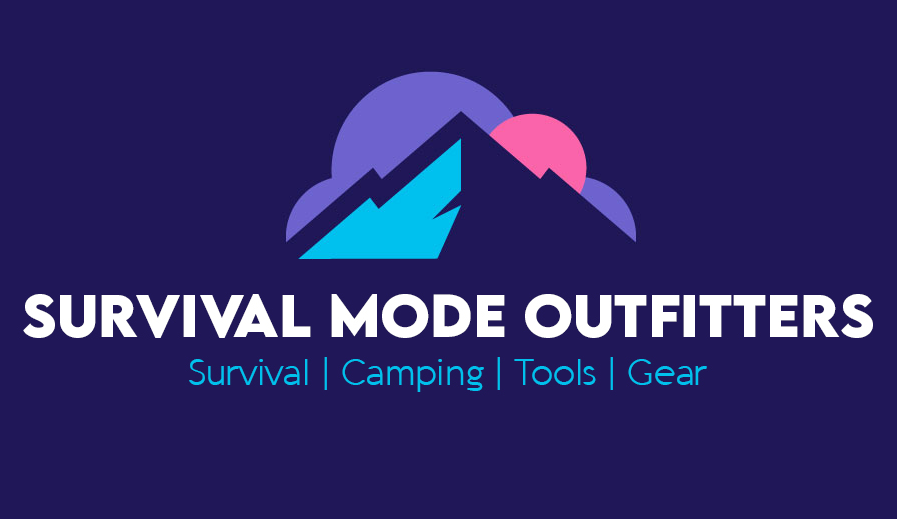The increased concern for the environment, amongst other reasons, has made research into clean energy sources a thing of a priority in recent years. This has advanced the development of technology to convert solar energy into safe, usable energy to eradicate the worldwide dependence on fuel-based energy sources.
Since the turn of the century, solar power stations and systems have been in demand by corporations and small-scale consumers. Here, we’ll be looking at the best modes for installing solar power systems and their attendant benefits.
1. Grid-tied systems
There are solar grids separate from that of the final consumers in this system, where large-scale power generation occurs. The large-scale generation results from a significant amount of solar panels installed. The consumer has some solar panels, primarily for use during the day. The facility in question is connected to the central grid, from where it can draw current when needed. This includes at night or times during the day when power generated by the solar panels in the facility is not sufficient for consumption.
If the facility generates a higher amount of power than is needed, the company supplying the services at the grid buys the excess.
This system is most applicable in urban settings, with minimal risk of power failures from the central grid.
The significant advantage of this system is that the consumer is bypassing the cost of installing an entire power generating system in their facility. Solar systems cost a lot to acquire and more to install. So, eventually, the consumer only has to pay for a few solar panels, an inverter, and a tariff fee for power consumption.
The consumer, however, is at risk of a blackout in case of power failure from the central grid. In that case, they have nothing to use as an alternative.
2. Off-grid systems
Here, the solar power system is independent of any grid. All the power for consumption is generated by the solar panels acquired by the consumer. There are also batteries to store energy produced during the day. This energy is used at night when the system can’t generate power. It is practiced in rural areas and agricultural and construction sites, where the facility is isolated. There is no connection to any other power generation site.
An advantage of this system is that the consumer doesn’t depend on any other source for power generation, eliminating the case of disappointment from the central grids. Also, the consumer doesn’t pay any tariff fees for power consumption.
On the other hand, there is the setback of the initial cost of acquiring a whole solar power generation system.
3. Hybrid grid systems
This system merges the two approaches above. Here, rather than acquire an independent power generation system, the consumer gets many batteries, with their solar panels and an inverter. The addition of batteries allows for power storage during the day, covering blackouts. The consumer, however, still pays tariff fees for the power they consume during the day. However, the rates are lesser than they would have to pay under the grid-tied system.
The main advantage is that the consumer gets to store energy, even though they can still draw power from the central grid if production doesn’t meet consumption. In contrast, the consumer will have to get an expert to design and install the system to have it function properly.
In summary, various models have been tried in satisfying consumer needs through solar power generation, but these remain the top 3 models for installing solar power systems.
